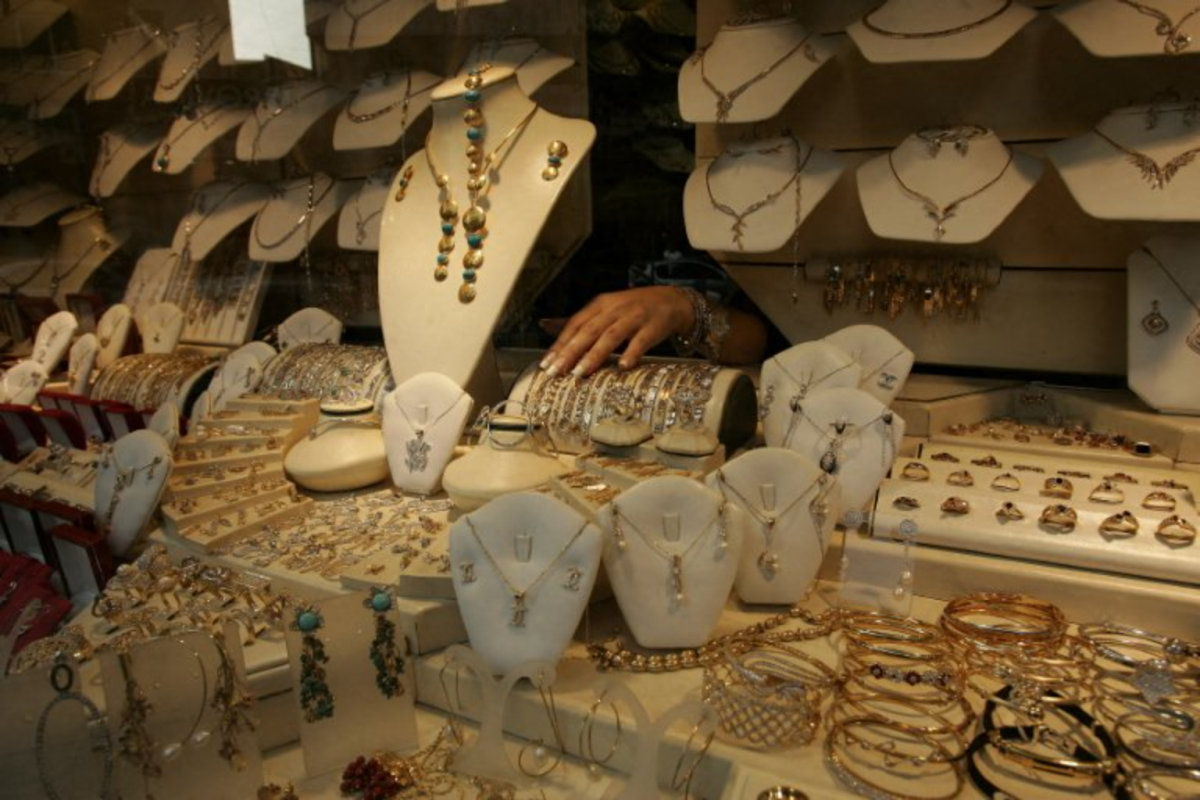At the height of the historic surge that pushed gold prices above $4,000 per ounce, attention has shifted toward what is now known as the “new Chinese gold” — a technological innovation that has stirred excitement in global markets. But what exactly is this gold? And has it reached Lebanon yet?
What Is the “New Chinese Gold”?
Contrary to what has been circulating on social media, China is not seeking to replace traditional gold, but rather to improve it. The new Chinese gold, officially called “Hard Pure Gold,” is gold of no less than 99.9% purity (24 karats) whose hardness has been enhanced through advanced industrial techniques — without mixing it with other metals that lower its grade.
This development represents a technological breakthrough in the world of precious metals, making it possible to produce jewelry that is both pure and resilient — far more resistant to scratches and bending than conventional 24-karat pieces.
China’s new industrial standard, which came into effect on May 1, 2025, stipulates a minimum purity of 99.9% and a hardness of at least 60 on the Vickers scale (HV) — equivalent to the hardness of 22-karat gold — making this metal unique in its class.
How Was This Technological Leap Achieved?
The new hardness was achieved through precise engineering methods, including:
– controlling crystal grain size during production,
– electroforming techniques that strengthen the structure, and
– Lost-wax casting is used in crafting ultra-fine jewelry designs.
These processes preserve gold’s exceptional purity while adding durability, making it more practical for everyday use — especially for women’s jewelry, which demands both elegance and endurance.
Global Expansion
In China, this type of gold has been on sale for years under different commercial labels, but it gained official recognition following the introduction of the new industrial standard and a major promotional campaign. The World Gold Council took part by dedicating a special section to “Hard Pure Gold” at the Jewelry & Gem WORLD exhibition in Hong Kong (September 2025), in partnership with 14 Chinese manufacturers — paving the way for global expansion.
Outside China, however, the product’s rollout remains in its early stages, limited to supply contracts and pilot exhibitions, without yet becoming widely available in mainstream markets.
Has the Chinese Gold Reached Lebanon?
So far, there have been no official announcements or signs from Lebanon’s major jewelers indicating that this new category has entered the market. The local offer remains centered on 18-karat jewelry and bullion ranging from 21 to 24 karats.
Nonetheless, the arrival of “Hard Pure Gold” in Lebanon seems plausible through the import of finished pieces from the Hong Kong exhibitors, particularly among retailers specializing in lightweight, intricate designs that are difficult to craft with conventional gold.
Some traders believe that limited liquidity in Lebanon’s gold market, coupled with rising demand, may prompt certain importers to test this new category — provided that the pieces come with clear certifications and transparent standards.
Challenges to Its Adoption in Lebanon
Before talking about a potential “boom,” three essential points must be addressed:
Transparency of Specifications: Each item must be accompanied by an official certificate proving compliance with the Chinese industrial standard — a hardness equal to or above 60 on the Vickers scale (HV) — along with a laboratory purity report.
Buy-Back Policy: Since the Lebanese market relies heavily on liquidity during resale, jewelers must provide clear mechanisms for buy-back operations at fair margins.
Distinction Between Solid and Plated Gold: It is crucial to avoid confusion between the high-value “Hard Pure Gold” and the low-cost “Chinese plated gold,” which previously damaged the reputation of Chinese jewelry products.
A Technological Solution
Economist and metals market expert Georges Abi Nader told Al-Safa News that “the new Chinese gold offers a technological solution to an old problem in the jewelry industry — the softness of pure gold.” He added that “Lebanon’s adoption of this category will depend on two factors: confidence in the source and liquidity in the market.”
Abi Nader further explained that “the product carries genuine value thanks to its full purity, but without institutional recognition or formal banking circulation, its use will remain limited to the aesthetic realm rather than the investment one.”
In essence, the new Chinese gold is not a replacement for traditional gold — it is a smart evolution of it. And if it reaches Lebanon, it could offer consumers a chance to own lighter, more contemporary designs — but only under the condition of full transparency in certification and standards.
As for jewelers, the equation is simple: if there is demand and clarity in the standards, a new era in Lebanon’s gold industry may well begin.
Please post your comments on:
[email protected]
 Politics
Politics














